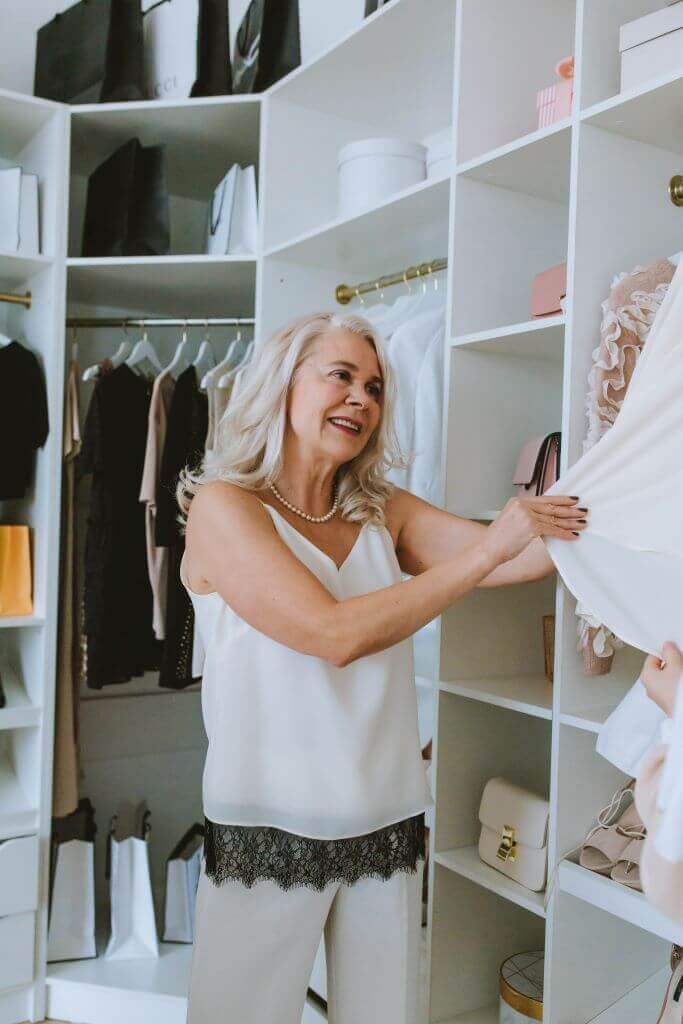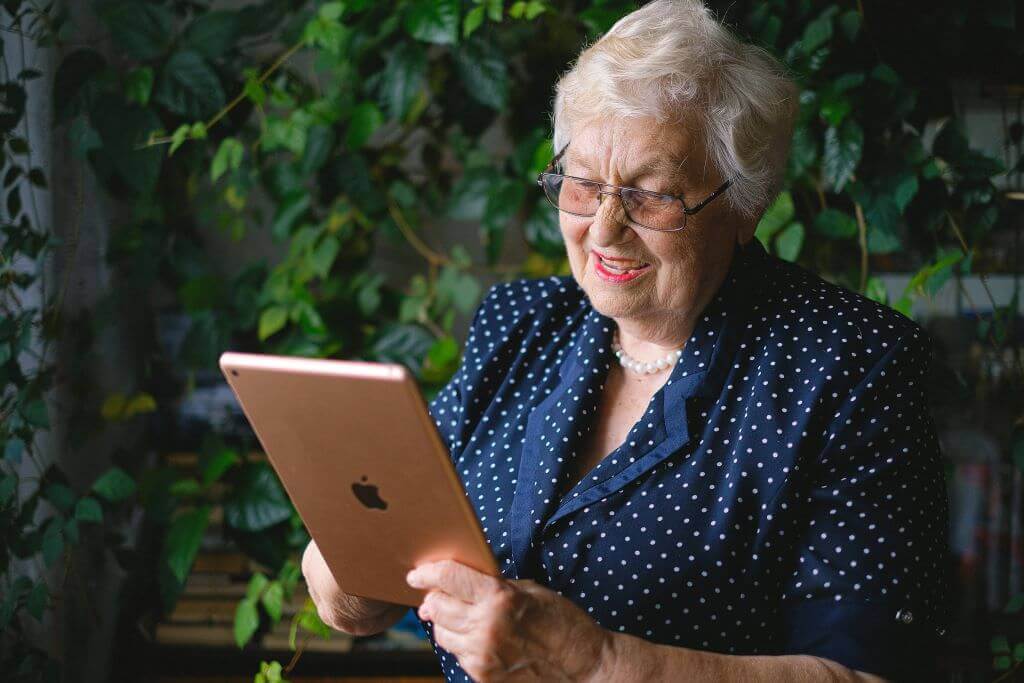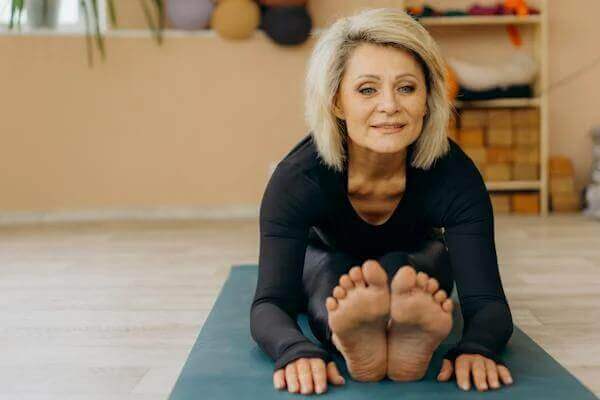As we age, our bodies undergo changes, some of which can hamper our ability to perform everyday tasks. Mobility impairment, balance issues, neurological conditions, and arthritis are just a few challenges that older adults may face. In fact, according to a National Council on Aging report, around one in four adults over the age of 65 experience falls each year, which can lead to severe injuries and hospitalizations.
In addition, a National Alliance for Caregiving research report suggests that 60% of caregivers in the US are helping their patients with at least one ADL (Activities of Daily Living), such as getting dressed or bathing. Adaptive clothing and dressing aids can help seniors overcome these challenges and maintain independence while reducing the caregiver’s burden.
What is Adaptive Clothing?
Adaptive clothes address the unique challenges older adults face when dressing. These garments accommodate a range of physical and cognitive limitations, providing comfort, ease of use, and style. According to the U.S. Census Bureau, by 2030, all baby boomers will be older than 65, and this demographic shift emphasizes the growing need for adaptive clothing to support independent living.
Examples of Adaptive Clothing for Seniors
Easy-to-fasten closures. Adaptive clothing often features Velcro, magnetic, or snap closures, making it easier for seniors with limited dexterity to dress independently. These closures reduce the need for fine motor skills and benefit individuals with arthritis or hand weakness.
Elastic waistbands. Garments with elastic waistbands provide flexibility and comfort, accommodating body shape and size changes. This is helpful for seniors with impaired mobility or those who require assistance with dressing.
Seamless and tagless designs. Many adaptive clothing items are designed without irritating seams or tags, reducing discomfort and skin irritation for older adults with sensory sensitivities or skin conditions.
Other features. Adaptive apparel often incorporates design elements such as wider neck or side openings to make dressing and undressing easier. They may also feature durable fabrics and reinforced seams to withstand frequent laundering and wear.
Benefits of Adaptive Clothing
Adaptive wear empowers older adults to dress themselves with greater ease and confidence, fostering a sense of independence and autonomy. Adaptive clothing minimizes the frustration and stress associated with traditional garments by eliminating complex fastenings and incorporating user-friendly features. This helps in maintaining a positive self-image and mental well-being.
Adaptive apparel enhances comfort and safety, reducing the risk of falls and injuries during dressing or undressing. For example, non-slip footwear and anti-slip socks improve traction on the floor and reduce the risk of falling. Wider neck and sleeve openings prevent limbs from getting stuck in awkward positions and reduce unnecessary manipulation and wriggling, which can cause a fall.
Factors to Consider When Choosing Adaptive Clothing
First and foremost, as with any clothing, is body shape and size. Adaptive garments must fit comfortably and securely. Aging adults experience changes in body composition, such as muscle loss and changes in fat distribution, which can affect how clothes fit. Therefore, look for adaptive clothing that offers a range of sizes and adjustable features to accommodate these changes.
The level of mobility and dexterity is also important. For people with impaired mobility, wider neck and limb openings and side zippers or front-closure designs facilitate independent dressing. Garments with larger buttons or magnetic closures help individuals with reduced dexterity to fasten and unfasten clothing more easily.
Personal preference or circumstances must, of course, also be taken into account. Most people have specific style preferences, and some may have sensory sensitivities that influence their clothing choices. These factors are important in choosing colors, patterns, and fabric options.
Dressing Aids Defined
Dressing aids are assistive devices that help to make dressing and undressing tasks such as fastening buttons or securing zippers easier. They’re helpful for people with limited hand strength, joint stiffness, or reduced range of motion. Let’s look at some typical dressing aids.
Dressing sticks. This rod has a hook at one end and a pusher at the other, allowing seniors to pull up zippers, reach clothing items, or push garments off without excessive bending or stretching.
Button hooks. Button hooks help people with limited dexterity to fasten or unfasten buttons without the fiddly finger manipulation. They come in various sizes and designs to accommodate different button types and sizes.
Zipper pulls. Zipper pulls provide a larger, easier-to-grasp zipper tab, making it simpler to open and close zippers on clothing, jackets, and bags.
Considerations When Choosing Dressing Aids
The specific disability or condition strongly influences the choice of dressing aids. Someone with arthritis may benefit from larger, ergonomic handles that reduce joint strain, while those with limited hand strength may require aids with extended reach capabilities.
The level of assistance required is also important. Some people need minimal assistance with specific tasks, such as fastening buttons, while others may require more comprehensive aids to manage a range of dressing tasks, such as putting on socks and shoes.
Financial and Practical Considerations
Specialized products can vary in price based on the brand, design complexity, and material quality. While investing in adaptive clothing and dressing aids can significantly improve the quality of life for seniors, the financial implications may be a hindrance.
To find affordable adaptive clothing and dressing aids, contact local organizations, such as senior centers, community outreach programs, and nonprofit agencies. Online retailers and e-commerce platforms may also offer a wide range of options, including discounted or clearance items, making it possible to find affordable solutions.
To protect the investment in and prolong the lifespan of adaptive clothing and dressing aids, it’s important to care for them properly. Follow the manufacturer's care and washing instructions. Regularly inspect items for signs of wear or damage and address any issues promptly. Store in a cool, dry place to minimize deterioration.
Future Trends
As the population of older adults continues to grow, the demand for innovative adaptive clothing and dressing aids is expected to increase. Manufacturers and designers are exploring advanced materials, such as moisture-wicking fabrics and temperature-regulating textiles, to enhance the comfort and functionality of adaptive clothing for seniors. Furthermore, advancements in 3D printing technology are paving the way for customized dressing aids tailored to older adults' unique needs and preferences.
The integration of smart technology into adaptive clothing and dressing aids holds promise for improving the independence and safety of seniors. Innovations such as sensor-embedded garments that monitor posture and movement, as well as voice-activated dressing aids, have the potential to revolutionize the dressing experience for older adults, promoting greater autonomy and well-being.
As a caregiver, embracing adaptive clothing and dressing aids not only helps your patient or loved one maintain their independence and dignity but also reduces the number of tasks that they need help with, thereby taking some of the pressure off you.
Always remember that numerous support resources are available to help you on your caregiving journey. We at LL Medico are one of those resources. While we cannot assist with adaptive clothing and dressing aids, we can take another major worry off your mind - that of having all your other senior care requisites on hand at all times.
With over 25 years of experience in this field, we have a comprehensive range of adult diapers and other incontinence products, nutritional supplements, diabetic supplies and more. Our Autoship feature lets you set a repeat order that ensures you’re always prepared. Call us at (855) 422-4556 or email support@llmedico.com.






 855-422-4556
855-422-4556 Chat
Chat E-Mail
E-Mail Monday - Friday 9:00AM to 5:00PM EST
Monday - Friday 9:00AM to 5:00PM EST






 Shopping With LL Medico
Shopping With LL Medico



 855-422-4556
855-422-4556